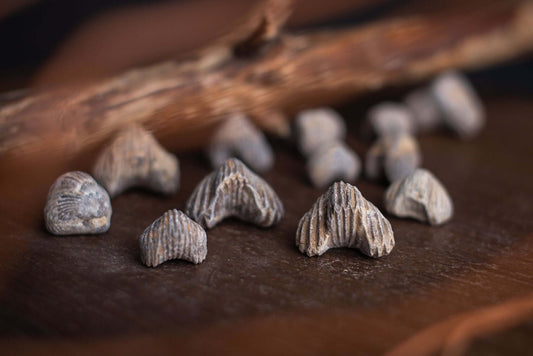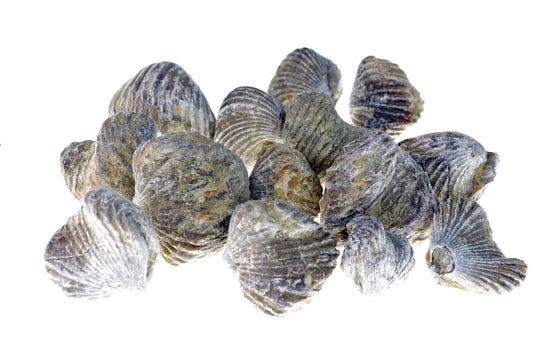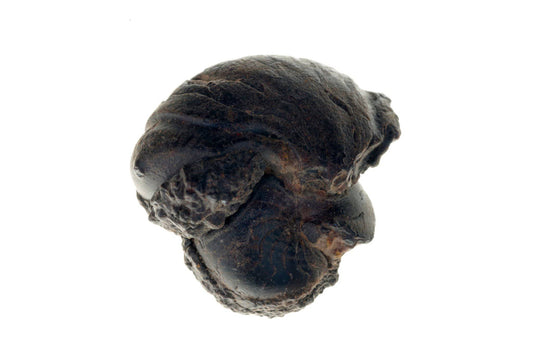Collection: Brachiopoda
Brachiopoda refers to a phylum of marine organisms with hard “shells” on their upper and lower surfaces—often resembling clams but belonging to a different lineage. Fossil brachiopods can be found in sedimentary layers worldwide, showcasing symmetrical, fan-like shells and intricate ridges. These fossils hint at Earth’s ancient seas, linking collectors to an oceanic past that spans hundreds of millions of years.
Key Features & Formation
- Marine Fossils: Dwellers in shallow to deep waters, leaving shell impressions.
- Shell Symmetry: Top and bottom valves typically mirror each other.
Metaphysical Properties
- Prehistoric Memory: Offers a window into ancient ecosystems and Earth’s biodiversity.
- Calming Depth: Reflects the enduring, cyclical nature of marine life.
- Patience & Growth: Encourages a long-term outlook on personal evolution.
Spiritual Benefits
- Rooted Perspective: Reminds us to honor life’s continuity through epochs.
- Oceanic Serenity: Conjures a sense of calm, reminiscent of gently flowing tides.
Whether displayed for educational intrigue or personal reflection, Brachiopoda fossils connect us to Earth’s layered history. Their delicate shells whisper that even in seemingly fleeting moments, life’s resilience can leave meaningful imprints stretching across millennia.

-
Brachiopoda
Regular price €2.99 EURRegular priceUnit price / per -
Brachiopoda – Bottled
Regular price €12.99 EURRegular priceUnit price / per





